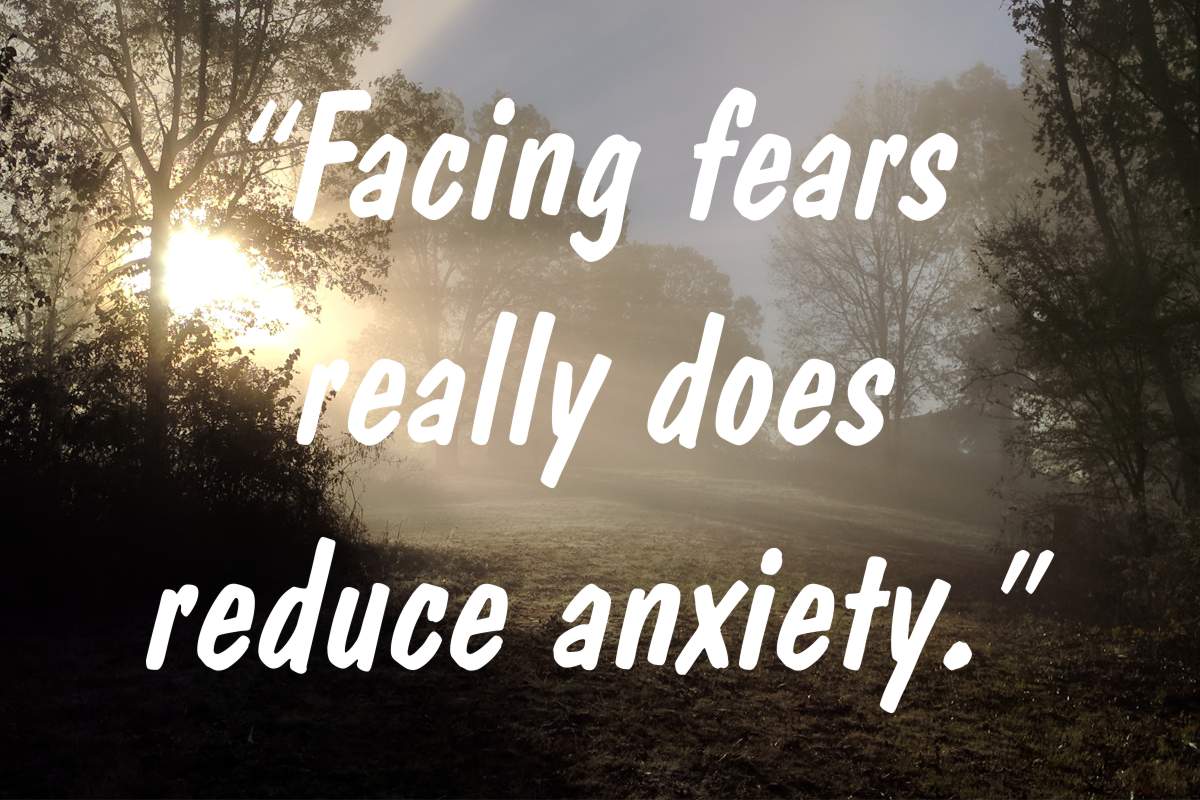










Popular Articles
Crazy-Makers: Dealing with Passive-Aggressive People
Why Are People Mean? Don't Take It Personally!
Struggling to Forgive: An Inability to Grieve
The Secret of Happiness: Let It Find You (But Make the Effort)
20 Steps to Better Self-Esteem
7 Rules and 8 Methods for Responding to Passive-aggressive People
What to Do When Your Jealousy Threatens to Destroy Your Marriage
Guide to How to Set Achieveable Goals
Catastrophe? Or Inconvenience?
Popular Audios
Audio Version of Article: Crazy-Makers: Passive-Aggressive People
Audio Version of Article: Why Are People Mean? Don't Take It Personally!
15 Coping Statements for Panic and Anxiety
by Monica A. Frank, PhD
Coping statements can be part of your strategy to manage anxiety. What are coping statements? When you struggle with anxiety you are usually engaging in fearful and/or inaccurate self-talk which tends to increase the anxiety. The purpose of coping statements is to counter this anxious self-talk.
This series provides an explanation of some common coping statements. The best way to use them is to identify the ones that are most calming to you and repeat them over and over when you are anxious sort of like a mantra. Combining a single statement with taking slow breaths can be particularly helpful.
Coping statement #15: “Facing fears really does reduce anxiety.”
The natural, evolutionary instinct is to avoid something that causes anxiety. The reason this is so is due to survival. The history of the human race was fraught with peril so we developed instincts that warned us of potential harm. As a result, we could run away from the danger or prepare ourselves to fight. Our first instinct is to run away if possible. Even in karate training I was taught, “If you have the option to escape, take it.”
Yet, for our irrational anxieties, the anxiety becomes worse when we avoid what we fear. Research in behavioral therapy has shown repeatedly that anxiety reduces when fear is faced. But to face fear means having to resist our natural instinct which is a challenge for most people.
It takes training and repetition to resist our natural inclinations. For instance, to use a karate example again, if someone grabs your arm aggressively most people will try to pull away. But when you do so, the person initiating the grab has leverage. The most effective response is to go towards the person which throws them off balance and gives you the advantage. Just knowing this, however, doesn't change the response when it happens. As my karate instructor explained,”After you have practiced it a few thousand times, it will become instinctual.”
So, just knowing that facing fears helps to reduce anxiety doesn't change anything but it does help you to get started. By reassuring yourself that facing fears will help, you can then begin to take the needed steps.
And it doesn't have to be all or nothing. I remember a Far Side cartoon with the caption “Professor Gallagher and his controversial technique of simultaneously confronting the fear of heights, snakes and the dark” showing a man in a steel box filled with snakes hanging out a window of a sky-rise. Sadly, this is what most people think facing fears entails.
Fortunately, though, behavioral therapy has developed a number of less aversive methods to face fears. Most of these methods, unlike the flooding method depicted in the cartoon, take a more gradual approach which allows people to have success and build confidence to further face their fears. See 50 Tools for Panic and Anxiety: Exposure Methods for more information. Knowledge and options can help make facing fears more doable.
Permission to reprint this article for non-commercial use is granted if it includes this entire copyright and an active link.














